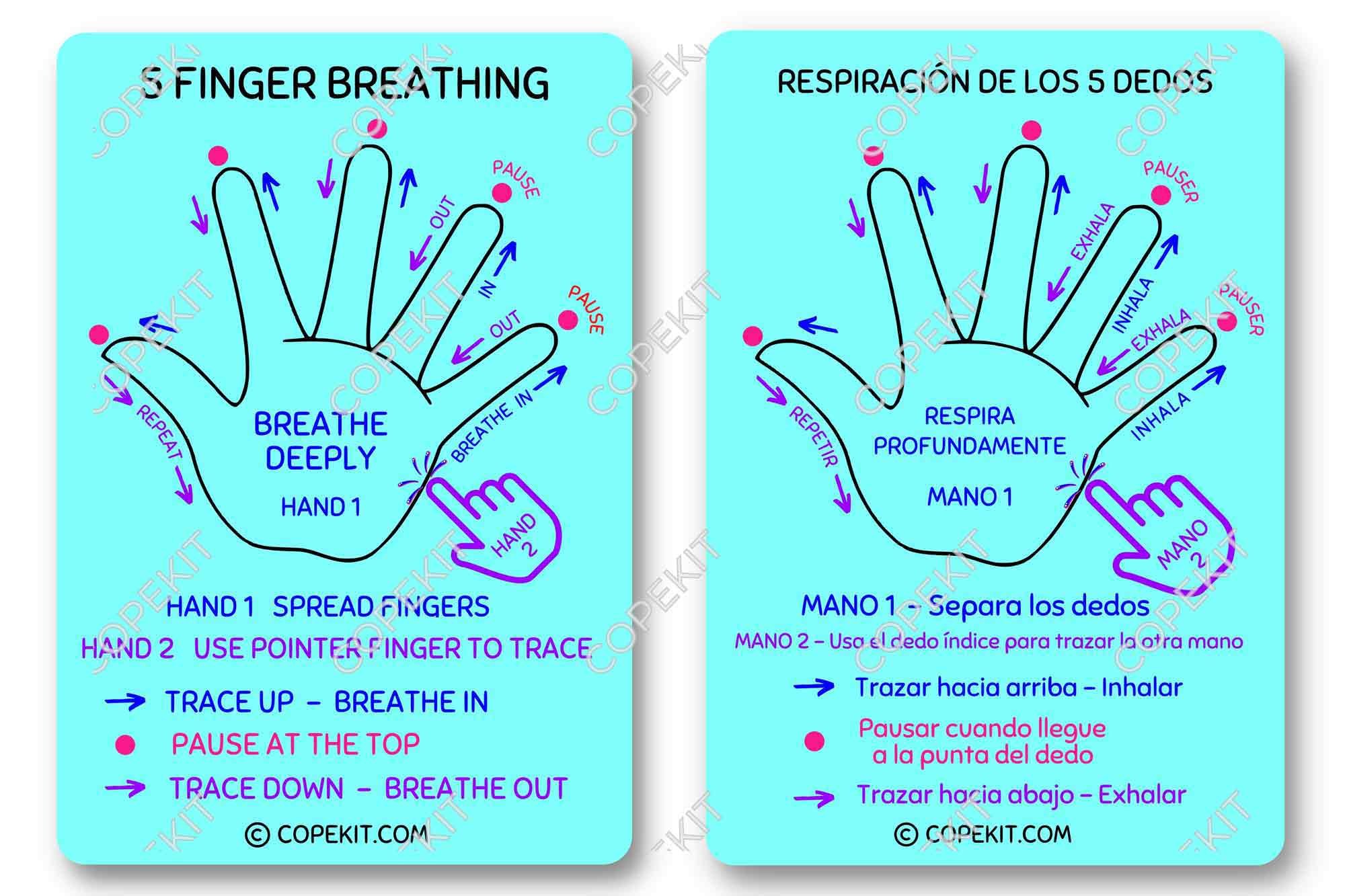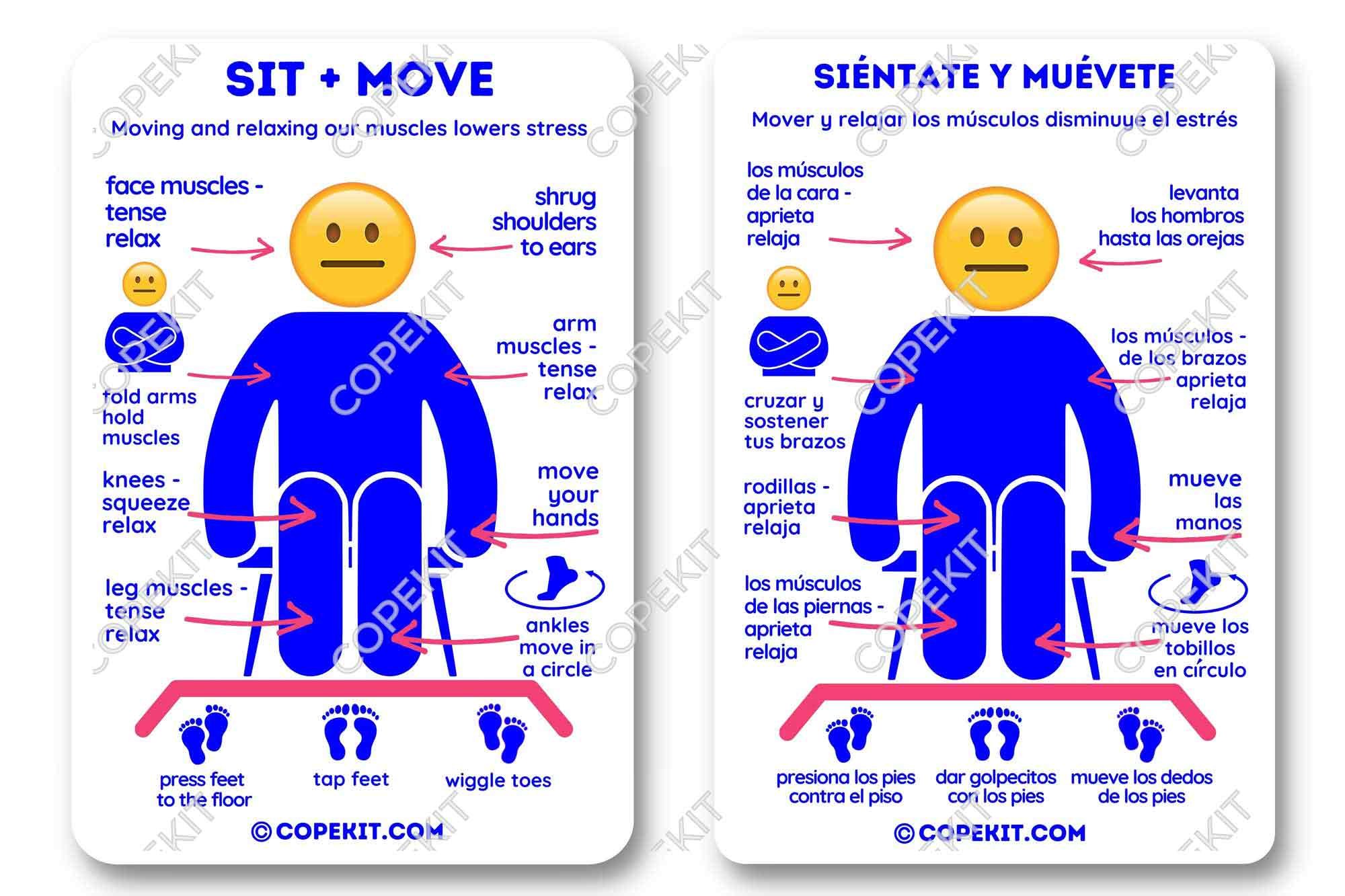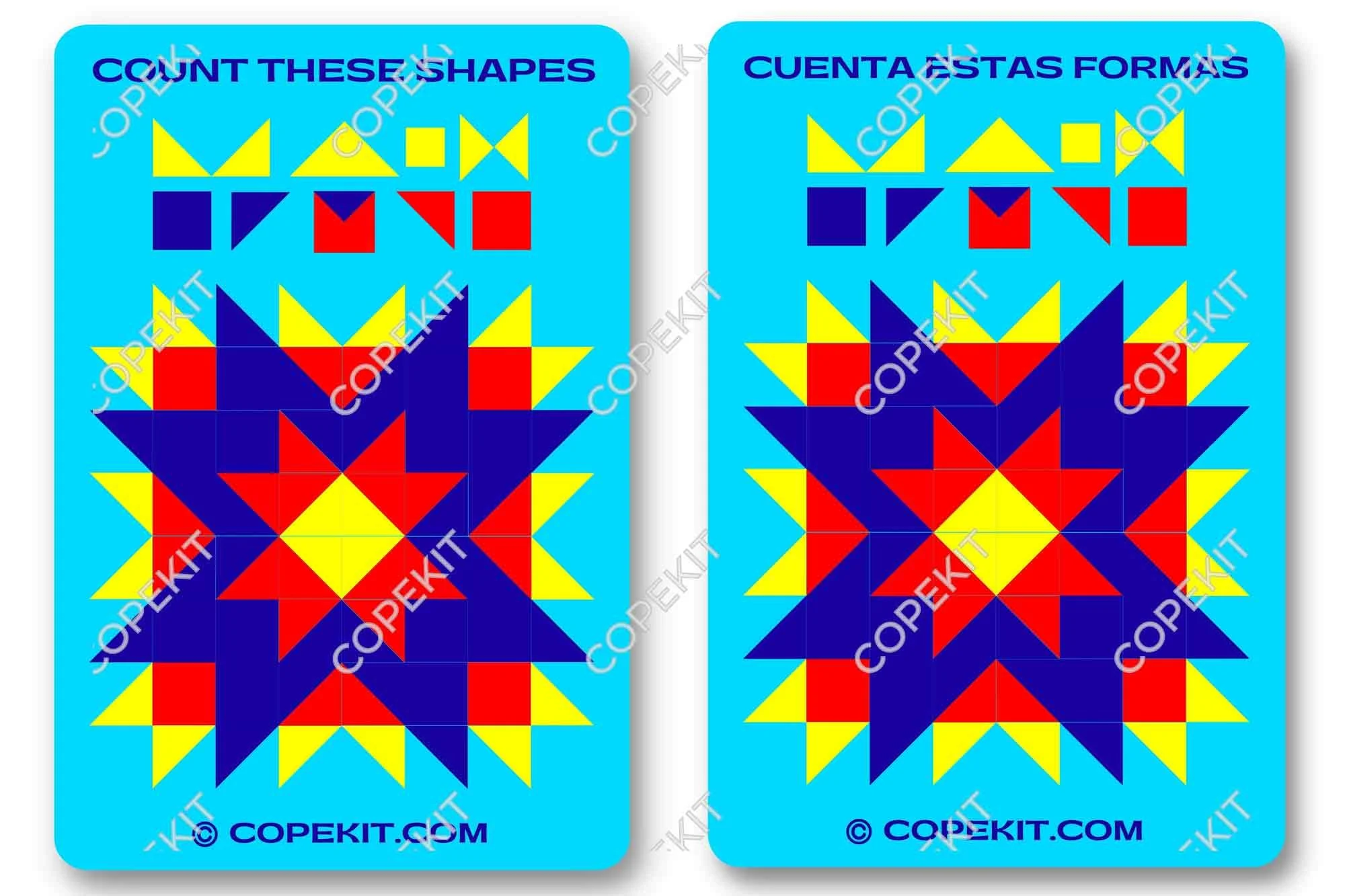COPECARD® How It Works
Stress and trauma disrupt our minds, emotions and bodies. COPECARD® coping skills help manage this disruption, enabling the user to stabilize and function. How it Works presents the science behind the skills and when/how to use them. The earlier in the “stress/trauma to coping trajectory” that children and adults learn healthy coping skills, the better their chance of managing the impact and not turning to unhealthy (maladaptive) coping. Use the skills (to):
practice self /other stress assessment by learning the body, mind and feeling signs of stress and trauma (Body Signs of Stress, Our Brains + Stress, and I am feeling)
practice activating healthy coping early in the stress and trauma response
learn and normalize the stress response, reducing stigma and promoting help seeking (Ask for Help)
practice “COPE SHIFTING” : try one skill - when it stops working or doesn’t work in that moment, “shift” (change) to another skill - continue “COPE SHIFTING” until the healthy coping goal is achieved (calming one’s mind, calming one’s feelings, engaging with others, etc.)
as catalysts for advanced coping: for example, the core skill of moving your hands with paper folding (Fold a Mini Bag or Cup COPECARD®) can inspire an interest in aerodynamics (how a paper airplane flies), an interest in the physics of folding (space telescopes with folding mirrors) or an interest in design (origami) and more. Robert Lang, the world renowned origami artist, materials folding consultant and former NASA physicist (with forty-six patents on lasers and optoelectonics), began folding paper at age 6 at the encouragement of his first grade teacher to help him manage his restlessness and stay engaged in class.
COPECARD 10 ( 8 Coping Skills )
COPECARD 20 (12 Coping Skills )
























